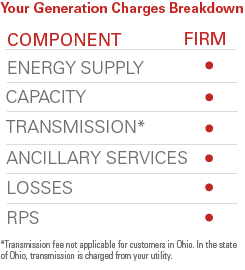The Act accommodates non-oppressive market access for Independent Power Producers (IPPs) and perceives exchanging as a lawful movement. Serious value revelation was boosted in 2008 when the public authority permitted power exchanging on trades. Power to Choose from various sources has to be done with more knowledge. At present, there are two force trades in the nation – Indian Energy Exchange (IEX) and Power Exchange of India Limited (PXIL) – that started activities in June 2008 and October 2008, individually. IEX orders a piece of the pie of 98.4 percent by volume of force executed through trades These estimates brought about the multiplication of market-based momentary agreements, however, long-term contracts stay the backbone for the satisfaction of mass force prerequisite of DISCOMs.

The portion of power exchanged through momentary market instruments has expanded
That is often reliably in the course of the most recent decade, particularly through force trades (Chart DISCOMs are the greatest parts on the lookout, representing over a portion of purchase side volume of power executed at IEX and more than 33% of sell-side volumes. Open access shoppers likewise have a huge offer in purchase side volumes, even though their investment has been impeded by the inconvenience of extra additional charges and high transmission charges on buys from power trades Increased volume has been joined by a lofty decrease in the normal cost of power executed through transient agreements, particularly through force trades. Exchange power trades are done in agreements dependent on day-ahead and term-ahead business sectors. Aside from actual exchanging, energy trades additionally encourage exchanging RECs. The day-ahead market alludes to the exchanging window for conveyances for any time blocks in 24 hours of the following day while the term-ahead market alludes to the exchanging window for conveyances on a term reason for a future date. Like worldwide trades, the day-ahead market overwhelms the volume of exchange at power trades in India. In day-ahead business sectors, value computation calculation matches purchase and sell offers for every 15-minute square.
The crossing point of total interest and supply bends
Here, given offers presented by market members decides the market-clearing cost for each exchanging block. An expansion in the age of RE affects both interest and supply of power at the trade. The interest from DISCOMs may diminish given the must-run status of RE, while the inventory from IPP’s to the spot market could expand given the least burden limit of TPPs, in this manner applying descending tension on costs. Dissecting the relationship of spot costs with other value records, it was seen that while the regulated idea of the family unit and rural power costs brings about minimal co-development between CPI expansion at power and spot costs in trades, there is proof of co-development between spot costs and the WPI swelling in power. The co-development between spot costs and WPI power expansion is halfway clarified by the investment of mechanical firms as open access buyers in the spot market affecting their power input cost. Interestingly, even as spot costs have reliably fallen throughout the most recent five years, CPI power expansion stayed tacky at around 3.0 percent.


